Vivo Y30 review
Two-minute review
Whether you choose the bold Emerald Black finish or the more ethereal Moon White the style of Y30 certainly makes a statement. Set against the metallic-look plastic frame it certainly looks, and feels, like a quality product. Unfortunately, that's where its distinctive features start and end.
Jump to...
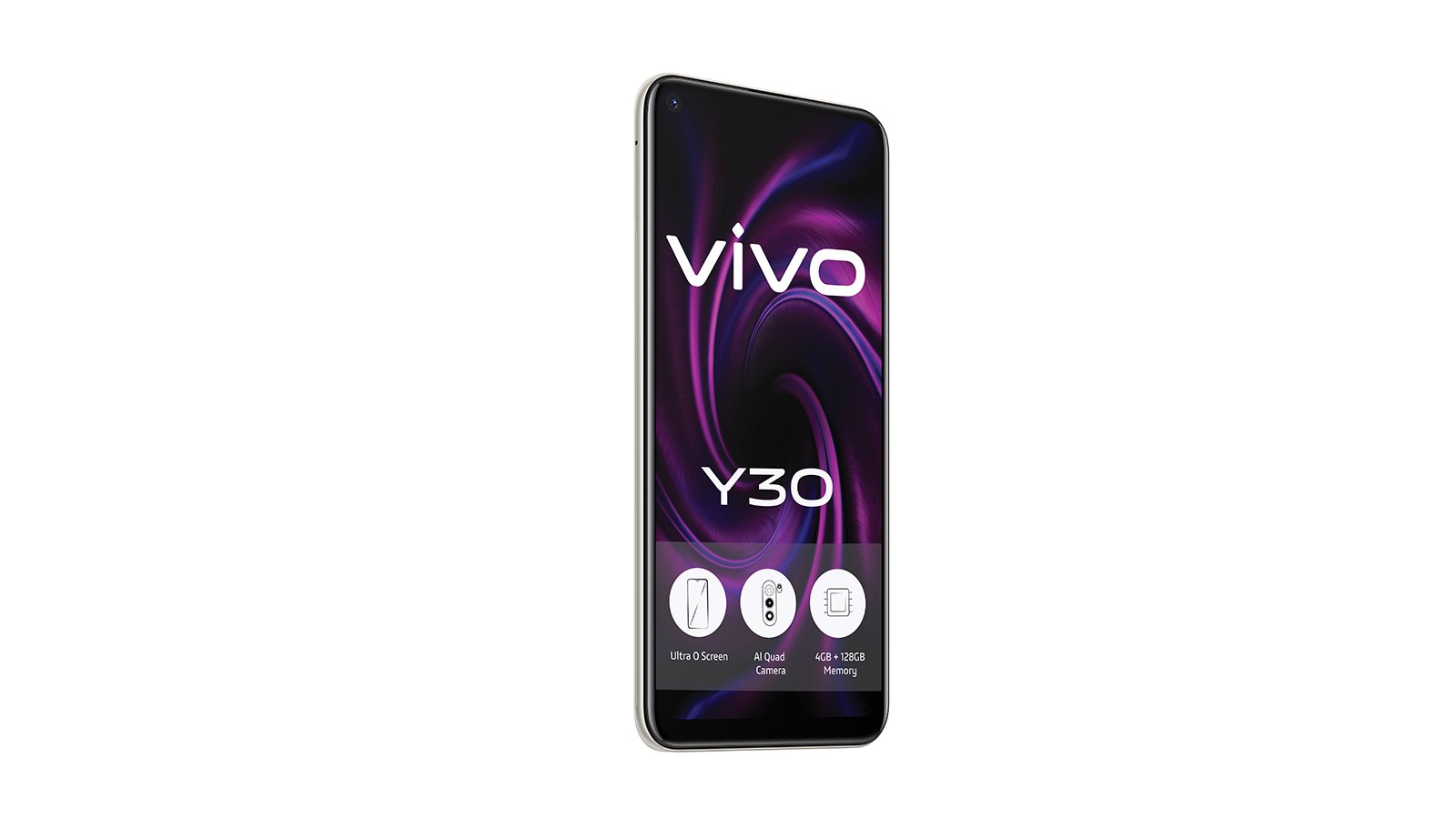
Release date and price
Design
Display
Camera
Specs and performance
Battery life
Should I buy it?
Under the skin the hardware specifications for the Vivo Y30 phone reads like a blueprint for a generic R5,000 phone. From the 6.4 inch screen to the middling Mediatek processor and the stock standard 4GB of RAM there is almost nothing to distinguish this phone from its many competitors at this same price point.
Even Vivo's FunOS skin is unremarkable, adding very little to the basic Android experience.
Its triple rear camera setup is equally plain, turning in bland but acceptable photos most of the time. The Y30 does nothing to enhance the reputation of the Vivo brand which is still trying to break into the crowded South African market. Vivo will have to offer the South African consumer something more substantial than cool bodywork to drag their attention away from the models of the tried and tested phone brands at this same price point.
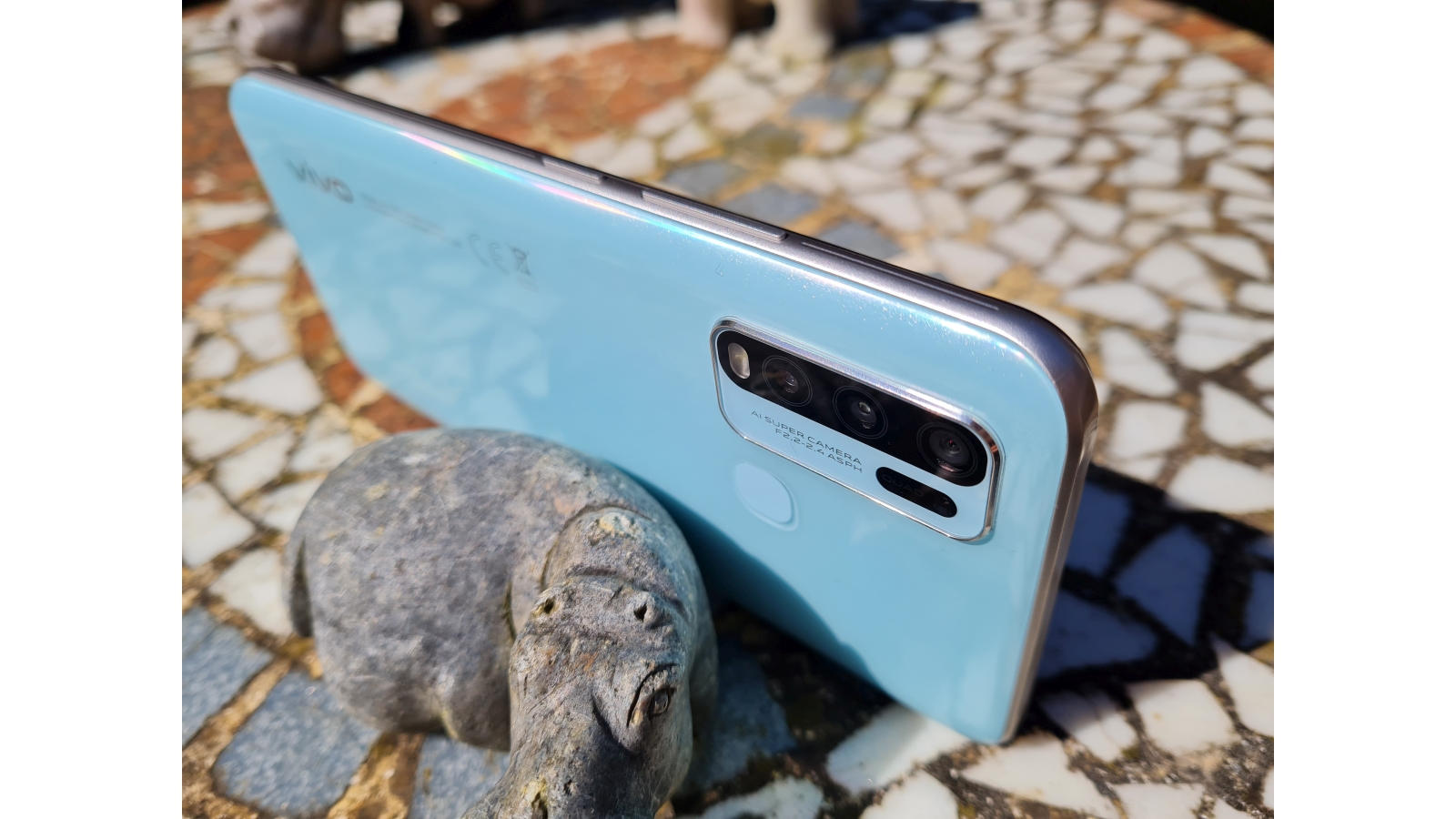
Release date and price
- Available since July 2020
- Price of R5,000
- Limited colours
The Vivo Y30 has been available in South Africa since end-July at a price of R5,000. It is currently only available in the aforementioned black or white finish; the Dazzle Blue variant is not available in South Africa.
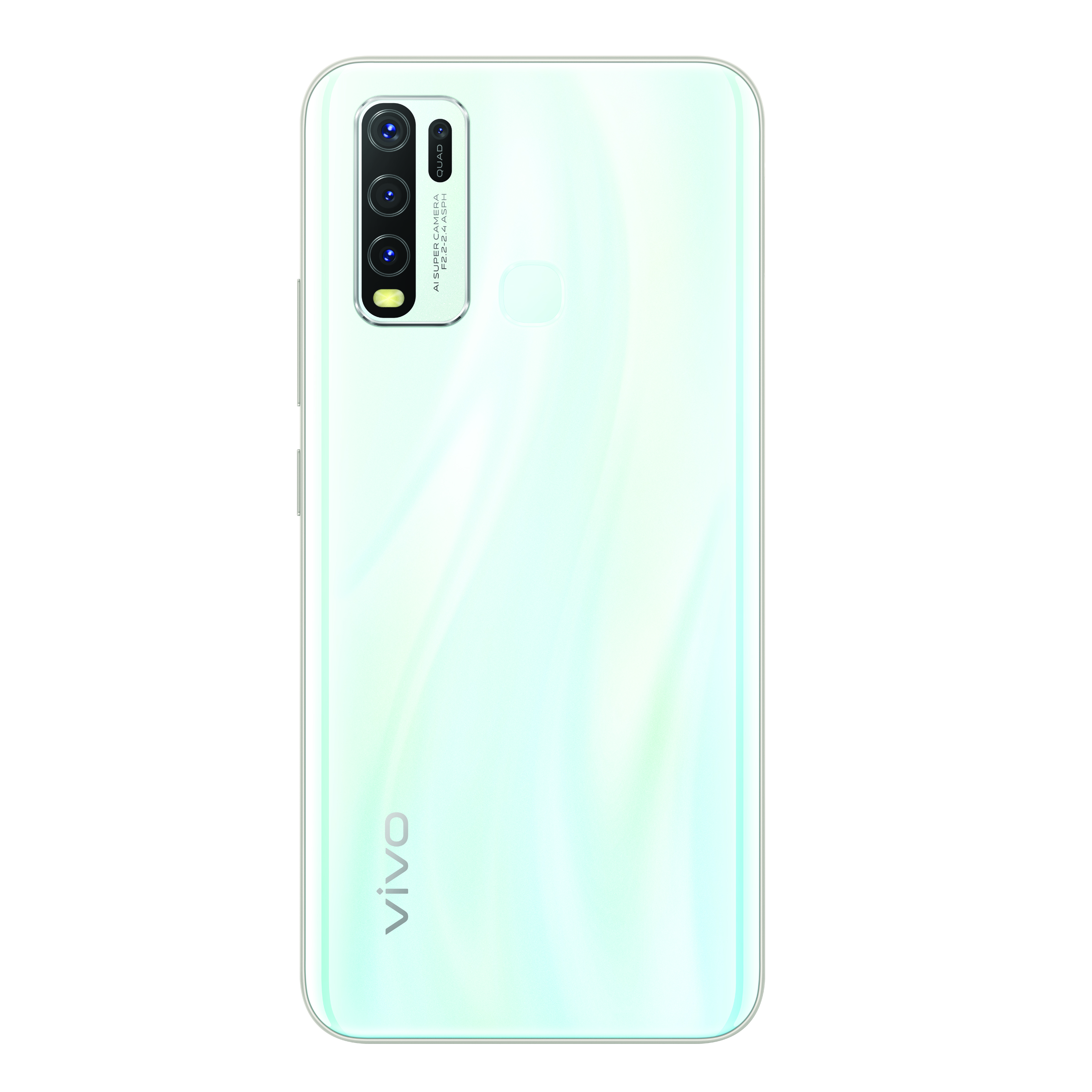
Design
- Side ridges grant some grip
- USB-C and headphone jack
- Slightly heavy
The contoured faux-metallic plastic frame of the Y30 does not sit perfectly flush with the screen. The screen in turn ships with a protective film already installed. It all adds up to some minor ridges on the sides which at least gives your fingers something to grip.
The rear panel is sturdy plastic with no flex. Otherwise it's all stock standard with volume rocker and power button on the right-hand side, USB-C charging port and headphone jack at the bottom and no buttons on the left-hand side.
At 197g its a little on the heavy side too. Similar models weigh in around the 160g mark.
Display

- A large 6.4-inch compares well with OLED
- Pixel density equals 2019 top screens
The 6.47-inch screen is fairly rich in colour and certainly gets bright enough. Despite being merely HD (720 x 1560 pixels, 266ppi) and not full HD, it still holds its own against competing phone screens in this price bracket.
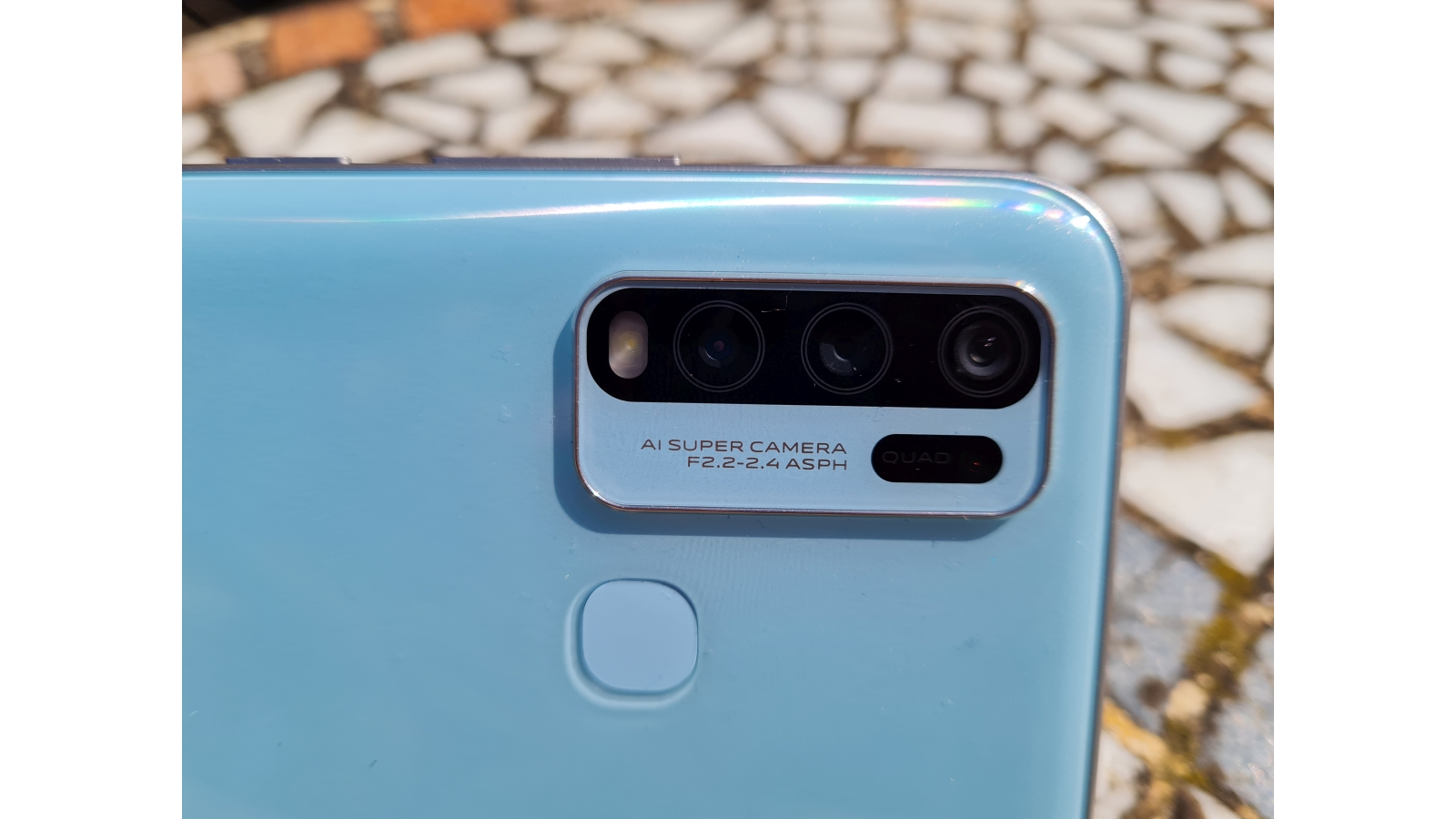
Cameras
- Cameras are unimpressive
- 13MP main shooter, 8MP ultrawide angle, 2MP macro
- Inconsistent photo results
The camera array, while not terrible, is certainly underwhelming. We got a mixed bag of results across the four sensors, including wildly varying results from consecutive photos of the same scene taken only seconds apart. Unfortunately, it made the whole photographic process seem unpredictable, which is exactly what you don't want from phone cameras used by novices. We put this down to a sub-standatd depth sensor and possibly weak artificial intelligence used in scene recognition, neither of which is a great outcome.
The standard 13MP camera is adequate, but the 8MP ultrawide sensor more often than not drains colour from the shot. The photos from 2MP macro camera are also not as sharp as some similar phones we have used.
In the final analysis only about half of our photos felt like acceptable results which feels low, even for a budget phone.
Camera samples

Vivo Y30 13MP main camera
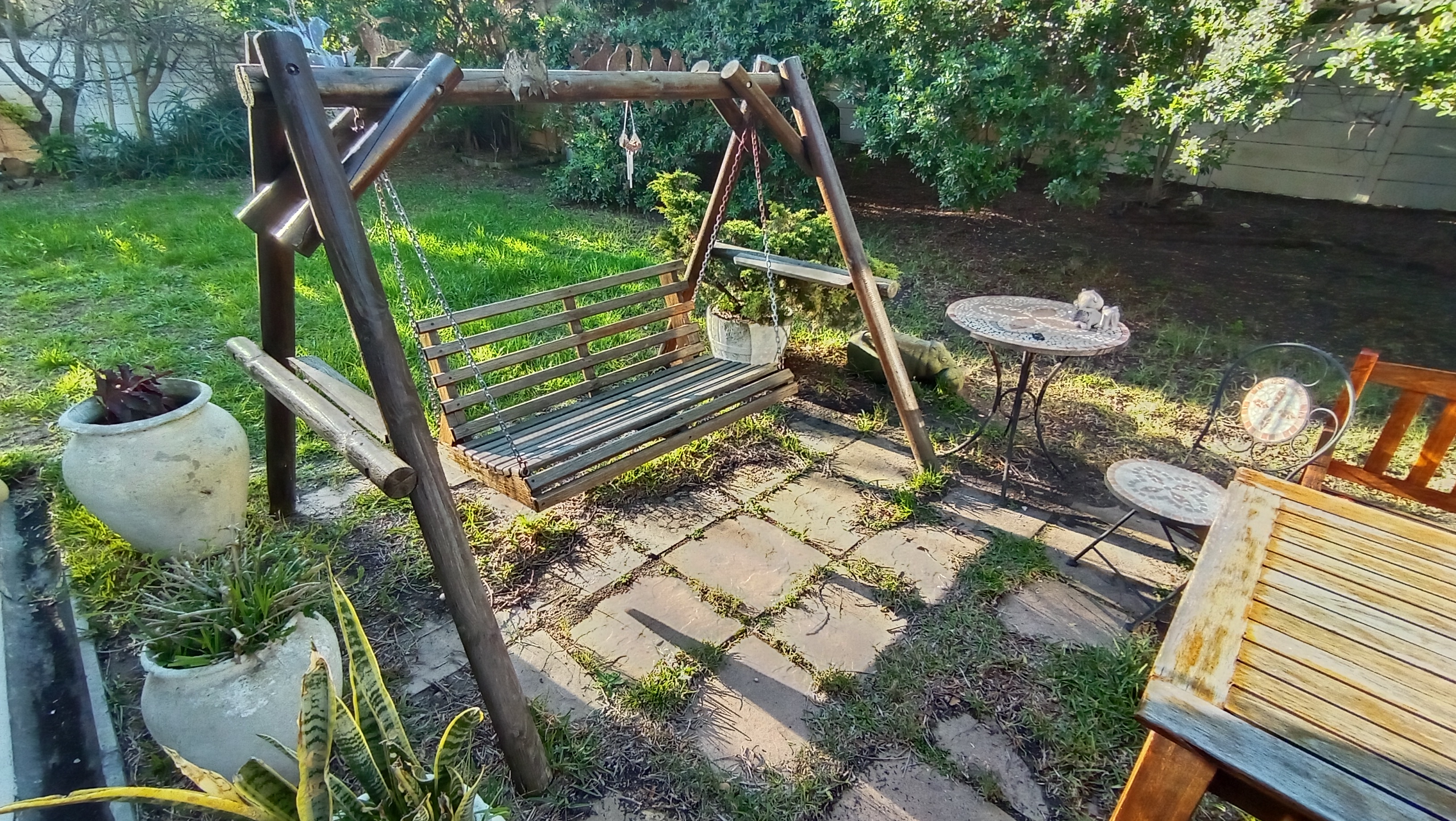
Vivo Y30 8MP ultrawide angle camera

Vivo Y30 13MP main camera

Vivo Y30 13MP main camera, zoomed

Vivo Y30 2MP macro camera
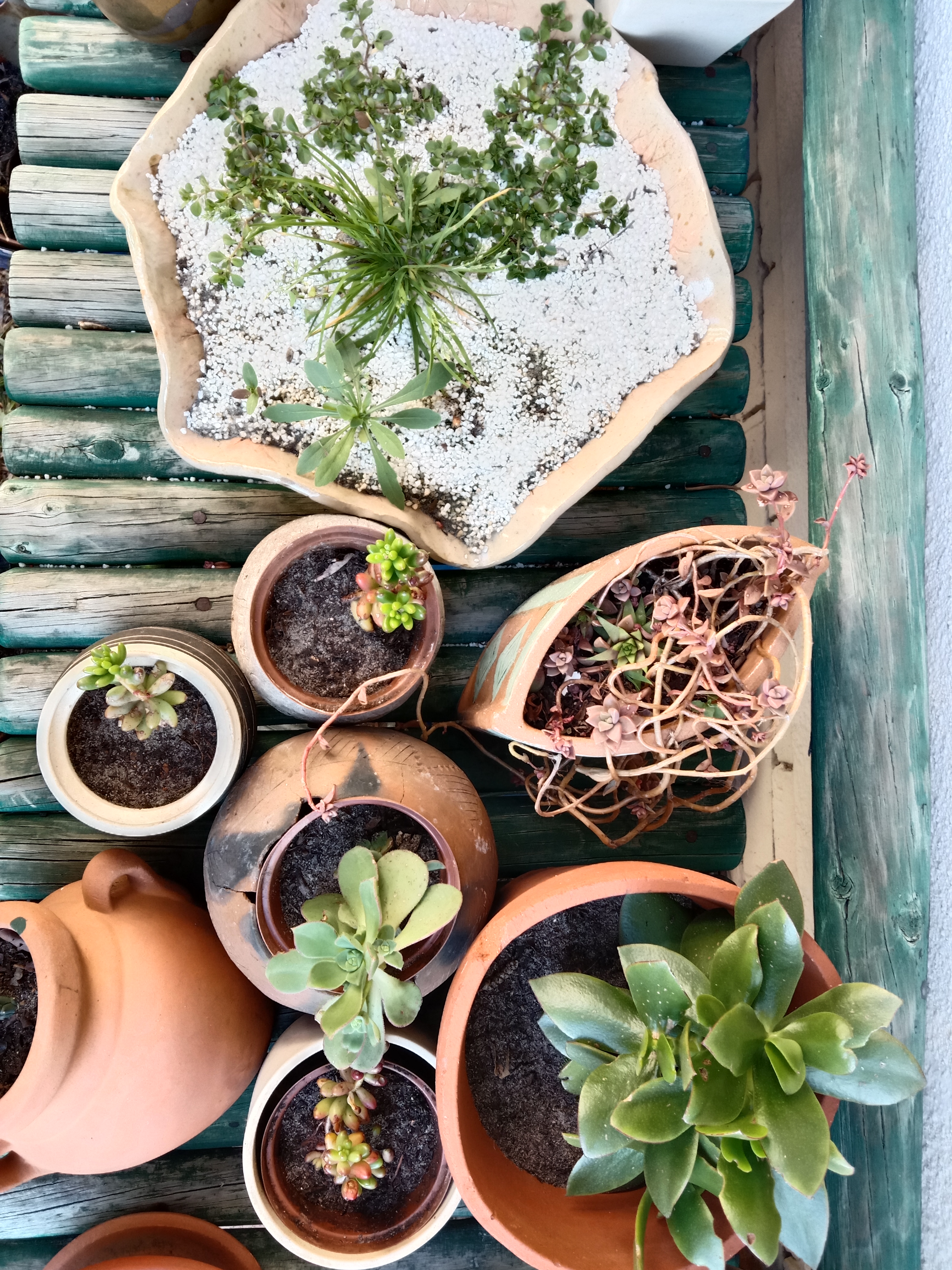
Vivo Y30 13MP main camera, first shot
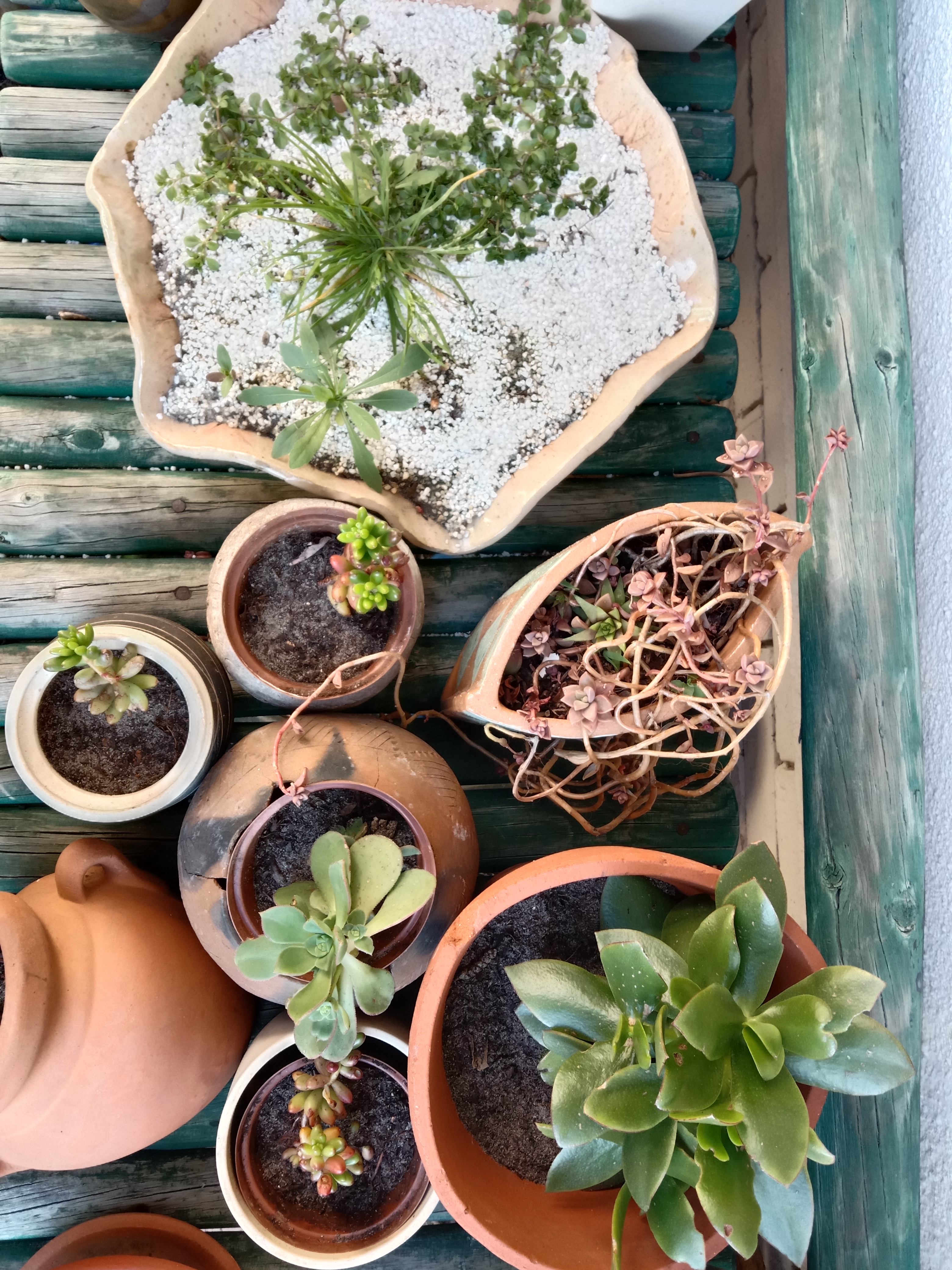
Vivo Y30 13MP main camera, inconsistent second shot

Vivo Y30 13MP main camera, 2x digital zoom
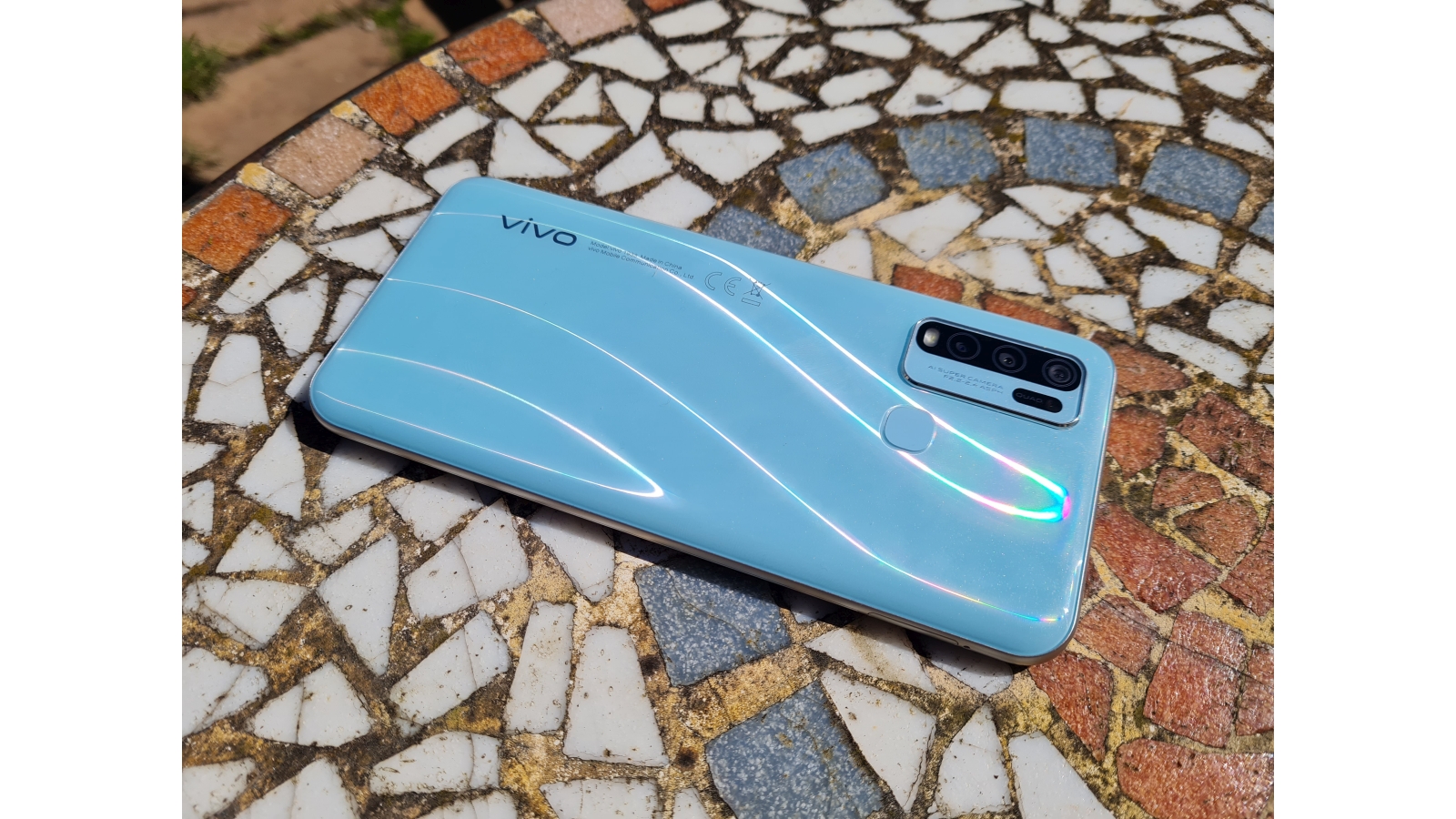
Specs and performance
- Average CPU and RAM
- Below average gaming graphics
- Game-specific brightness setting
As previously noted, the Y30 is almost like a shopping list of specifications for a generic R5,000 Android phone. The Mediatek MT6765 processor is the same as found in the similarly priced Huawei Y6s and LG Q61. It's adequate to get all the basics done without a hitch: running business apps, rendering HD video and playing basic games. Combined with 4GB of RAM we noticed no slowdowns running any of our standard apps.
However, the PowerVR GE8320 graphics chip doesn't make for a high-level gaming experience. But that doesn't stop Vivo talking up the Y30's gaming capabilities. For example, one neat Y30 feature for gamers allows you to set screen brightness which lasts only for the duration of your play, but automatically returns to normal when you exit the game.
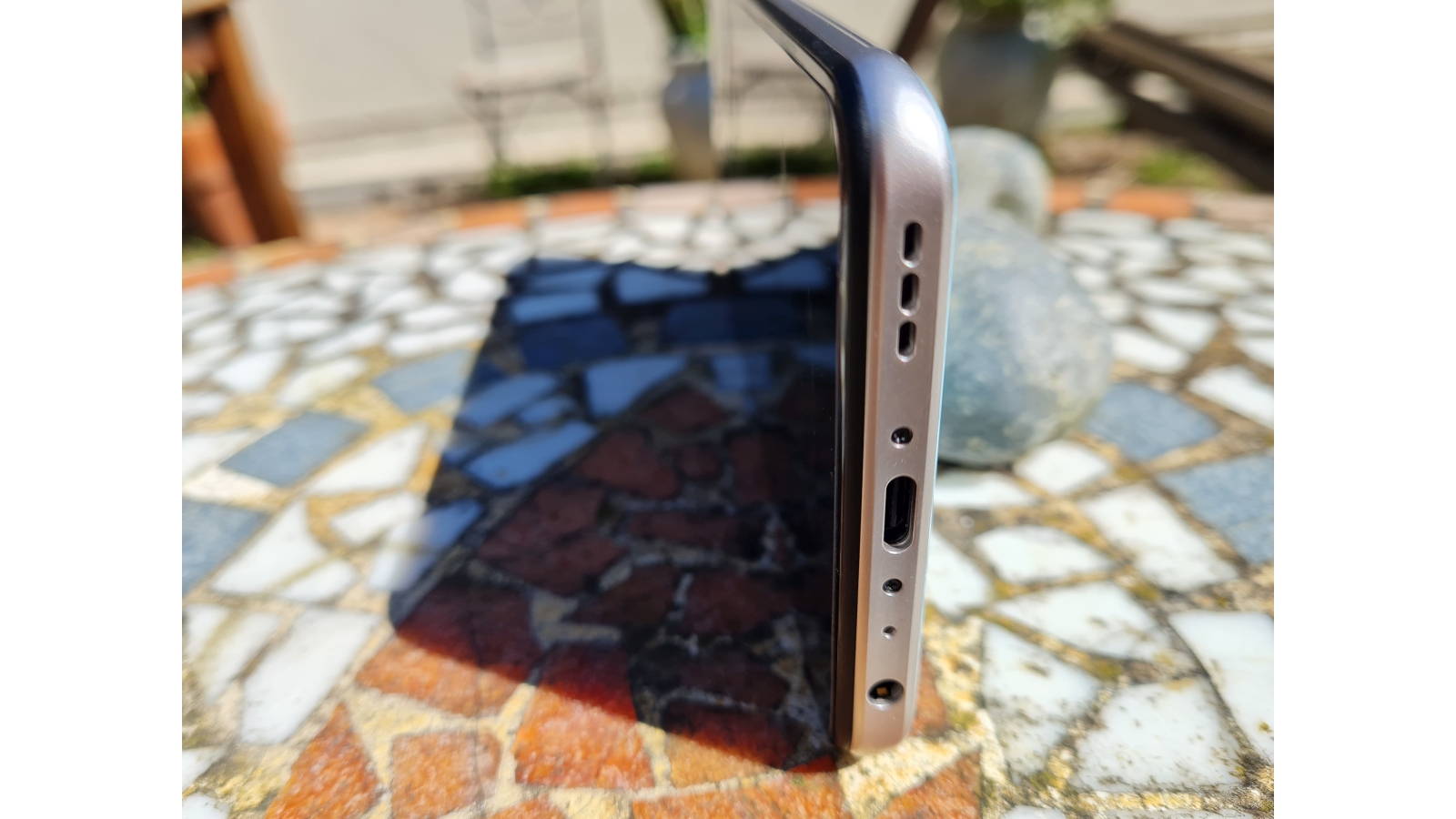
Battery life
- Runs nearly two full days with normal use
The 5000 mAh battery of the Y30 lasted almost two days with general mixed usage, including updating social feeds, playing multimedia for a couple of hours, shooting a couple of photos and uploading to the cloud. This is slightly above average, and we put that down to the slower-than-average CPU and GPU.
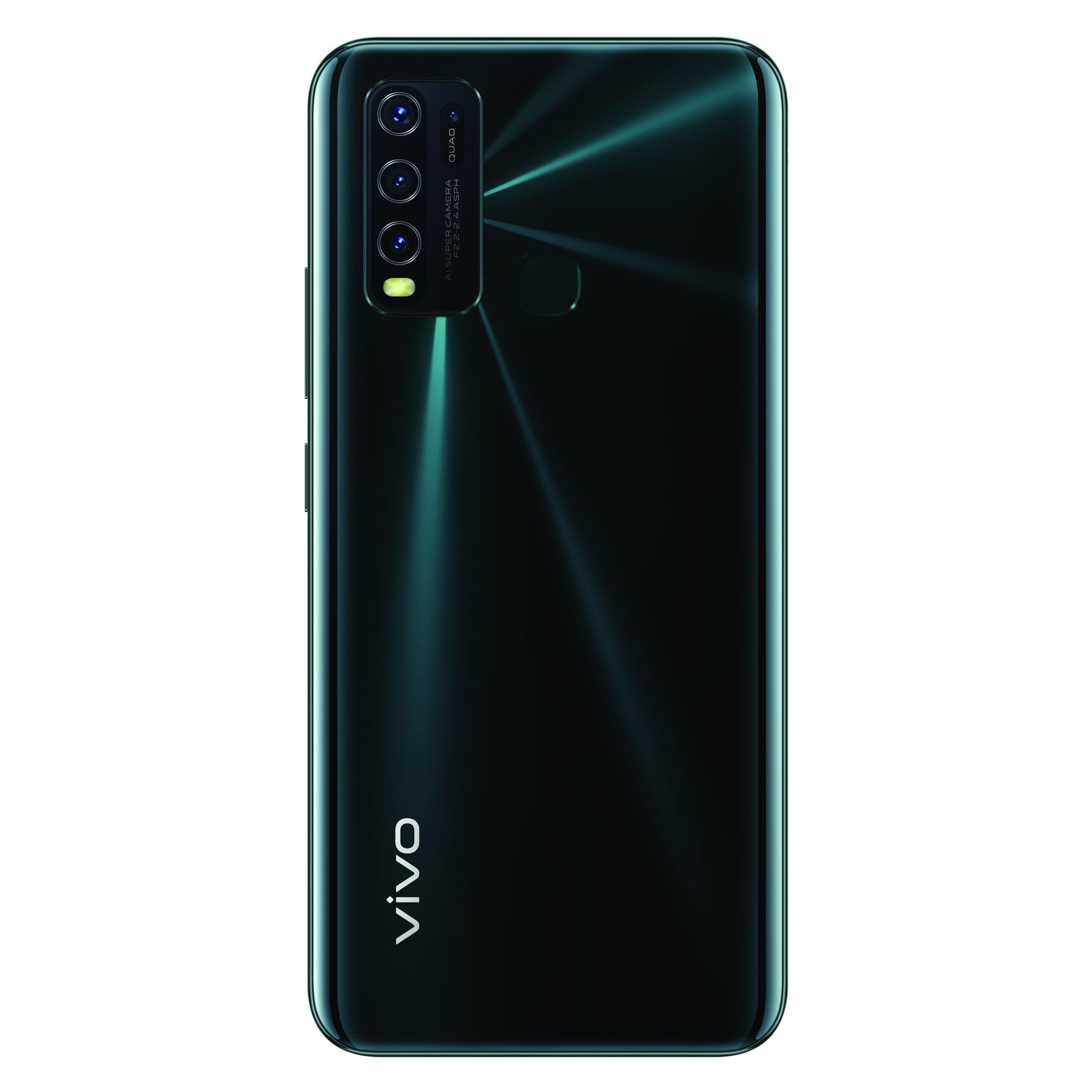
Should you buy it?
Buy it if...
You are ready for a new brand
We might not have painted a very flattering picture of Vivo in our review above, but that doesn't mean Vivo has not sold many millions of handsets in other markets similar to South Africa, like India, for example. Certainly, there is nothing wrong with the phone; it merely doesn't offer anything more than Huawei, Nokia, LG and Hisense phones at the same price.
You are fashion forward
The Vivo colourways are extremely attractive, and certainly do look strikingly different to everything else in this budget phone group. Only Nokia really compares with Vivo's cool finishes. Even wrapped in the clear case that ships in the box, you can stand out on the street.
Don’t buy it if...
You feel secure with your existing brand
The Vivo Y30 does not offer anything especially interesting or new, or any special value so there is no justifiable reason to risk your peace of mind taking a chance on a new brand.
First reviewed: 08 September 2020
Comments
Post a Comment